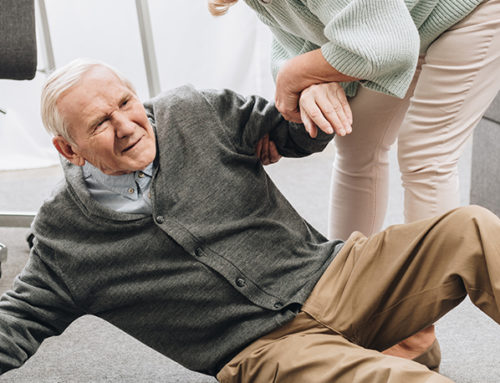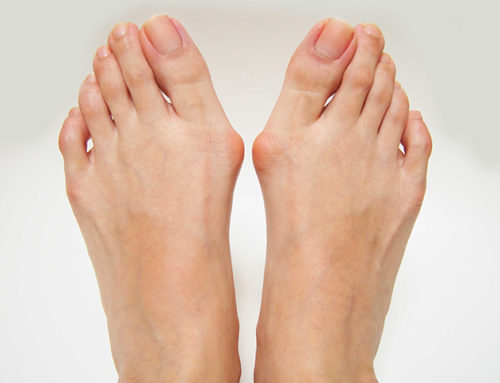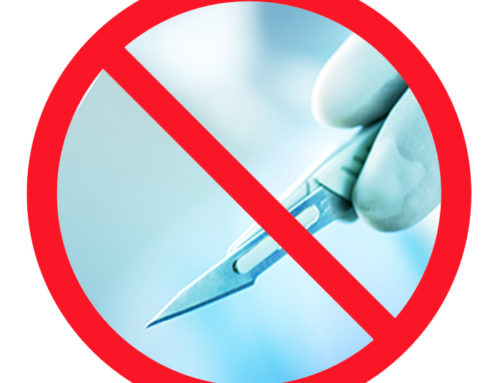Surgery can be fun, but orthotics will pay the bills.
Posts about the decline in knowledge of biomechanics demonstrated by students applying for postgraduate residency training recently appeared on a podiatry online daily e-newsletter.1 Several practitioners surmised that students see surgery as a more lucrative part of podiatric practice than orthotics, and therefore have little interest in learning biomechanics. If that is true, students are clearly misguided in terms of their expectations for reimbursement for surgical procedures compared to that for evaluating and dispensing orthoses, particularly ankle-foot orthoses (AFOs) in clinical practice.
For example, consider the reimbursement and time spent on repair of an acute Achilles tendon rupture compared to implementing a non-operative treatment regimen for the same condition. There is a growing trend, both in the United States as well as around the world, to treat most patients with an acute rupture of the Achilles tendon with conservative, non-operative intervention.2-4 Multiple level 1 studies verify equivalent outcomes with conservative management of Achilles tendon rupture compared to surgical treatment, with a slightly higher incidence of re-rupture with non-operative interventions.5,6
With non-operative treatment of the ruptured Achilles, immobilization in some type of orthosis is part of most protocols.7 A recent trend involves using a carbon fiber ankle-foot orthosis rather than a walking boot to protect the Achilles during the healing process after acute rupture.8,9
One bills repair of an acute rupture of the Achilles tendon is billed using CPT code 27650.10 Depending on the geographic region where the surgery takes place, CPT code 27650 reimburses a total of 12.2 RVUs for approximately $600.10 A prefabricated carbon fiber AFO bills using HCPCS code L1932, and reimburses between $800 and $1066, depending on the region.11
There are several factors to consider when comparing reimbursement for surgical procedures compared to durable medical equipment such as AFOs. First of all, the providing clinician must purchase the AFO. In the case of the scenario described above, the cost of a carbon fiber AFO brace is approximately $400.12 Therefore, after subtracting the cost of goods, the clinician or the provider of the AFO brace can expect a profit of at least $400 to $600 which is equivalent to the fee paid to the surgeon who repairs the Achilles tendon. However, the surgeon is not paid for their time traveling to and from the hospital, waiting for surgery in the event of delay, and time spent documenting all the surgical notes before and after the procedure. More importantly, the surgeon will not receive payment for follow-up office visits for 90 days after performing the surgery. In other words, the surgeon will be working for free during the anticipated six to eight postoperative visits customary after performing the Achilles tendon repair.
In contrast, the podiatric physician who treats a patient non-operatively for an acute Achilles tendon rupture will not only receive payment for the AFO brace but also for all office visits to implement the non-operative protocol. Usually, bi-weekly visits take place during a 12-week period where the treating physician monitors weight bearing status, equinus positioning, range of motion, muscle strengthening, and eventual discontinuation of the orthosis.4 Finally, the literature shows that non-operative treatment of the Achilles tendon rupture has significantly less complications than surgical treatment.5,6 The stress and anxiety imposed upon both the patient and the treating physician when dealing with postoperative complications is something which many podiatric medical students cannot comprehend until they finally enter into clinical practice. Only then may they appreciate the potential for reduced stress and higher satisfaction when implementing a non-operative biomechanical treatment protocol is compared to surgical intervention for many foot and ankle conditions.
If one compares reimbursement for any common rearfoot surgical procedure to the reimbursement received for AFO treatment as an alternative to performing the surgery, in my experience, the non-operative, biomechanical-oriented approach is always more profitable than the surgical approach. The travel and waiting times experienced by the surgeon, non-payment for follow-up visits, and risk of handling postoperative complications further detracts from the perceived glamor and presumed profitability in performing reconstructive foot and ankle surgery.
Perhaps if these facts were taught in both biomechanics and surgical courses at the colleges of podiatric medicine, students may suddenly realize that learning biomechanics and orthotic therapy may contribute to a more fulfilling professional life than focusing on surgery alone.
REFERENCES




